Interesting. New Scientist. Excerpts:
One religious statue has a stronger connection than most to the heavens. An 11th-century carving from Mongolia of the Buddhist god Vaiśravana was fashioned from a meteorite fragment, a chemical analysis shows. Its extraterrestrial origins make it unique in both religious art and meteorite science.
The iron-rich statue, 24 centimetres tall, has had a colourful past. It was apparently brought to Germany in 1939 by a Nazi-backed archaeological expedition to search for the roots of Aryanism.
A swastika on the armoured Buddha's breastplate may have been a motivating factor in bringing the statue to Germany. The swastika is a common symbol in eastern culture and decorates many Hindu and Buddhist statues – although the version on the statue is a mirror image of the form favoured by the Nazis.
It's unclear whether the Nazis found anything of unusual significance in the statue, but Elmar Buchner at the University of Stuttgart, Germany, and his colleagues certainly have.
"When I first saw the statue I was sure that it is made of an iron meteorite," Buchner says.
Their chemical analysis of the statue confirmed the hunch. It showed that the concentrations of metals, including iron, nickel, cobalt and chromium, matched the values known from iron meteorites.
More precisely, Buchner's team has managed to tie the statue to a known meteorite – the Chinga ataxite, which fell to Earth between 10,000 and 20,000 years ago near the border between Siberia and Mongolia. It fragmented as it fell, and just two pieces heavier than 10 kilograms were known before the new analysis. The "Space Buddha", as Buchner's team has dubbed the statue, is the third such piece, at 10.6 kilograms.
..
In Tibet, though, meteoritic iron was long known as namchag, or "sky iron", says Buchner's team, suggesting the locals were aware of the origins of the unusual material.
..
That creates something of a problem, says Genge. How did ancient people come to venerate meteorites, or meteorite craters, without witnessing the moment of impact?
"One of the most puzzling examples is Gosses Bluff in Australia," he says. "This crater is 142 million years old, and yet the Aborigines hold that it formed by the fall of the baby of one of the celestial women from the sky. A strange coincidence perhaps."
Space Buddah looks like he's lost some weight. Good for him!
One religious statue has a stronger connection than most to the heavens. An 11th-century carving from Mongolia of the Buddhist god Vaiśravana was fashioned from a meteorite fragment, a chemical analysis shows. Its extraterrestrial origins make it unique in both religious art and meteorite science.
The iron-rich statue, 24 centimetres tall, has had a colourful past. It was apparently brought to Germany in 1939 by a Nazi-backed archaeological expedition to search for the roots of Aryanism.
A swastika on the armoured Buddha's breastplate may have been a motivating factor in bringing the statue to Germany. The swastika is a common symbol in eastern culture and decorates many Hindu and Buddhist statues – although the version on the statue is a mirror image of the form favoured by the Nazis.
It's unclear whether the Nazis found anything of unusual significance in the statue, but Elmar Buchner at the University of Stuttgart, Germany, and his colleagues certainly have.
"When I first saw the statue I was sure that it is made of an iron meteorite," Buchner says.
Their chemical analysis of the statue confirmed the hunch. It showed that the concentrations of metals, including iron, nickel, cobalt and chromium, matched the values known from iron meteorites.
More precisely, Buchner's team has managed to tie the statue to a known meteorite – the Chinga ataxite, which fell to Earth between 10,000 and 20,000 years ago near the border between Siberia and Mongolia. It fragmented as it fell, and just two pieces heavier than 10 kilograms were known before the new analysis. The "Space Buddha", as Buchner's team has dubbed the statue, is the third such piece, at 10.6 kilograms.
..
In Tibet, though, meteoritic iron was long known as namchag, or "sky iron", says Buchner's team, suggesting the locals were aware of the origins of the unusual material.
..
That creates something of a problem, says Genge. How did ancient people come to venerate meteorites, or meteorite craters, without witnessing the moment of impact?
"One of the most puzzling examples is Gosses Bluff in Australia," he says. "This crater is 142 million years old, and yet the Aborigines hold that it formed by the fall of the baby of one of the celestial women from the sky. A strange coincidence perhaps."
Space Buddah looks like he's lost some weight. Good for him!







































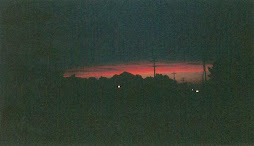





















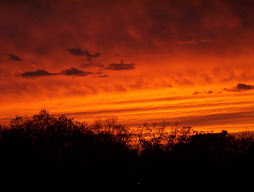
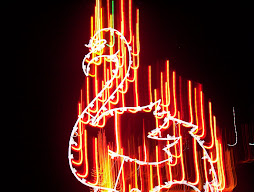




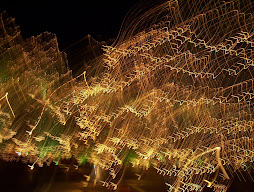

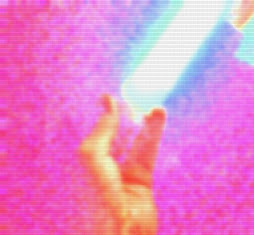









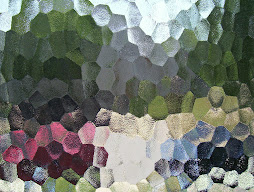

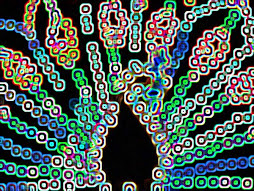









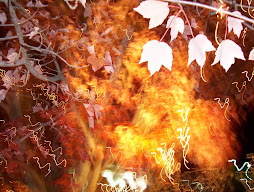
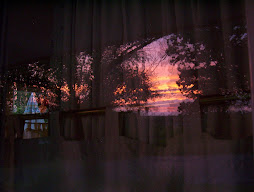
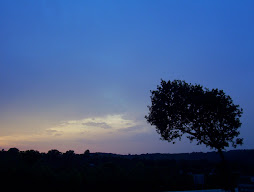











No comments:
Post a Comment